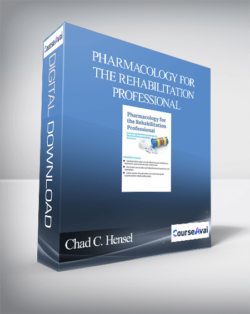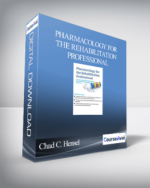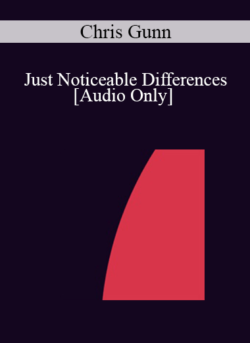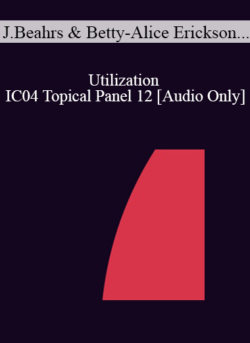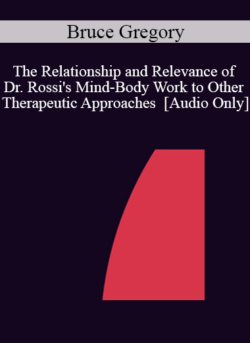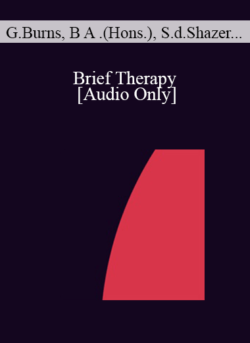Many patients being referred to therapy are taking prescription and/or over-the-counter medications. Although many of these medications are directly related to their therapy diagnosis, some may not be. What should you know about clinical pharmacology to manage them effectively?Purchase Pharmacology for the Rehabilitation Professional: Countering Side Effects & Dangerous Reactions to Promote Better Outcomes – Chad C. Hensel courses at here with PRICE $200 $56Pharmacology for the Rehabilitation Professional: Countering Side Effects & Dangerous Reactions to Promote Better Outcomes – Chad C. HenselMany patients being referred to therapy are taking prescription and/or over-the-counter medications. Although many of these medications are directly related to their therapy diagnosis, some may not be. What should you know about clinical pharmacology to manage them effectively?Watch leading rehab pharmacology expert, Dr. Suzanne Tinsley, as she examines the critical aspects of pharmacology, including the principles of pharmacodynamics and pharmacokinetics as well as how to apply these concepts to all drug classifications. You will hear specific concepts of the pharmacology of the central nervous system and autonomic nervous system.You will analyze effects of drug actions on the major body systems, including mechanisms of therapeutic actions and adverse drug effects, problems involving drug interactions, and variables that modify drugs’ effects. Special consideration will be given to many of the drugs most commonly used in treating cardiovascular and neuro-musculoskeletal disorders. Using case reports, you will uncover specific effects that have an impact on the rehabilitation management of patients and clients.Describe the primary pharmacokinetic factors involved in drug administration, absorption, distribution, interaction, and eliminationExplain how altered pharmacokinetics may lead to a decrease or an increase in drug effects, and how these effects may be recognized in patients receiving therapyDiscuss the concepts of psychological and physical dependence, tolerance, withdrawal, receptor, sensitivity, and cross-toleranceIdentify the general categories, mechanisms of action, risk-benefit ratio, and implications on interventions for the pharmacological agents routinely prescribed for conditions involving the cardiovascular, neuromuscular, endocrine, pulmonary, and central nervous systemsAnalyze the possible effects of various drug actions on the effectiveness of interventions and functional outcomesDetermine the signs and symptoms of abusePRINCIPLES OF PHARMACOLOGYPharmacokinetic principlesPharmacodynamics principlesTheir importance to rehabilitationPHARMACOLOGY OF THE CENTRAL NERVOUS SYSTEMCommon CNS drugs seen in rehabilitationSide effects and rehabilitation outcomesPATIENT ORIENTED PROBLEM SOLVING (POPS) CASE STUDYPAIN MANAGEMENT – NARCOTICS, NONSTERIODAL, ANTI-INFLAMMATORY DRUGSAdvantages and disadvantages of each classCommon side effects and their effect on rehabilitation outcomesSigns and symptoms of abuseCARDIAC MEDICATIONS5 classes of cardiac medicationsHow these drugs are combined to treat cardiac disease/pathologyTherapeutic effects and side effects that may interfere with rehabilitation outcomesPOPS CASE STUDIESPurchase Pharmacology for the Rehabilitation Professional: Countering Side Effects & Dangerous Reactions to Promote Better Outcomes – Chad C. Hensel courses at here with PRICE $200 $56
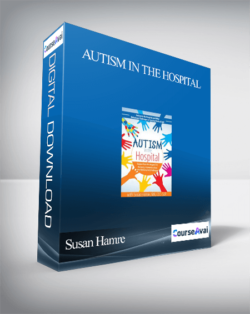 Autism in the Hospital: Supportive Strategies for Sensory. Communication and Behavioral Challenges – Susan Hamre
₹9,296.00
Autism in the Hospital: Supportive Strategies for Sensory. Communication and Behavioral Challenges – Susan Hamre
₹9,296.00
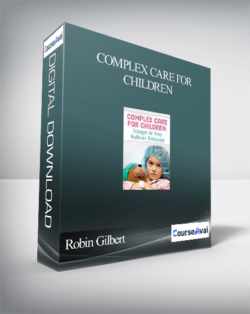 Complex Care for Children: Strategies for Every Healthcare Professional – Robin Gilbert & Stephen Jones
₹9,296.00
Complex Care for Children: Strategies for Every Healthcare Professional – Robin Gilbert & Stephen Jones
₹9,296.00
Pharmacology for the Rehabilitation Professional: Countering Side Effects & Dangerous Reactions to Promote Better Outcomes – Chad C. Hensel
₹9,296.00

